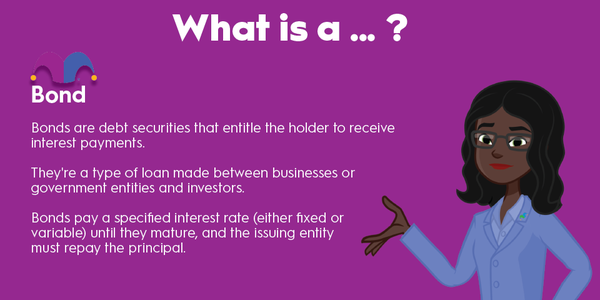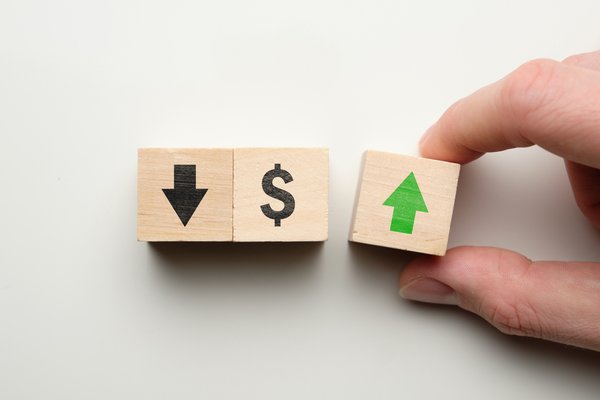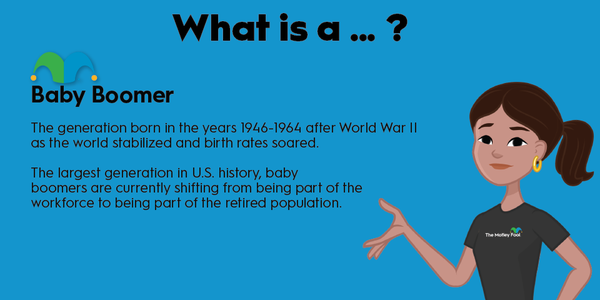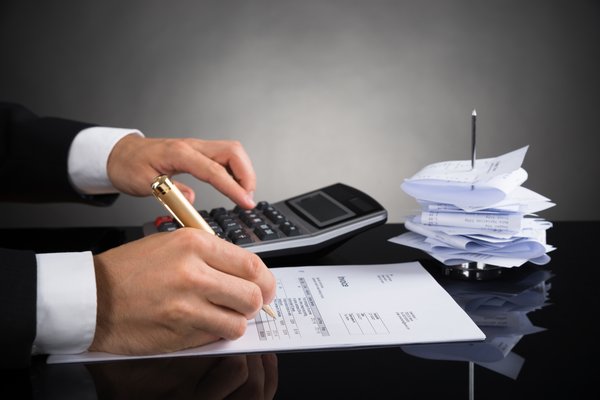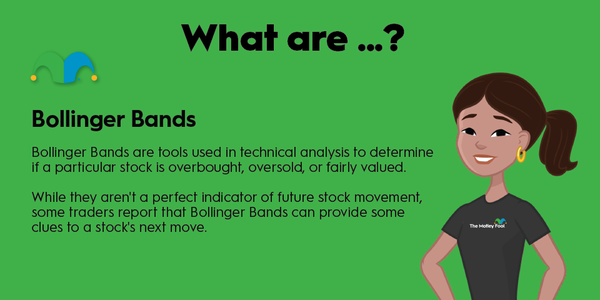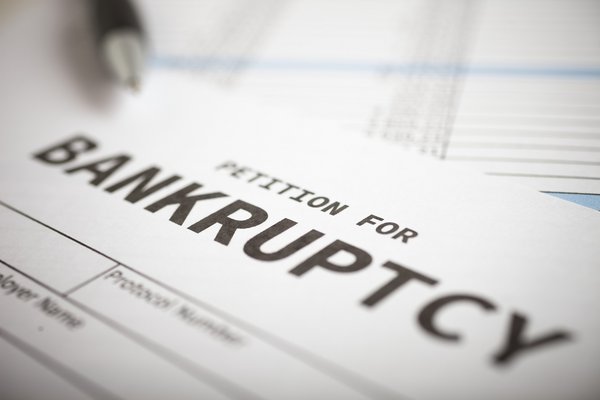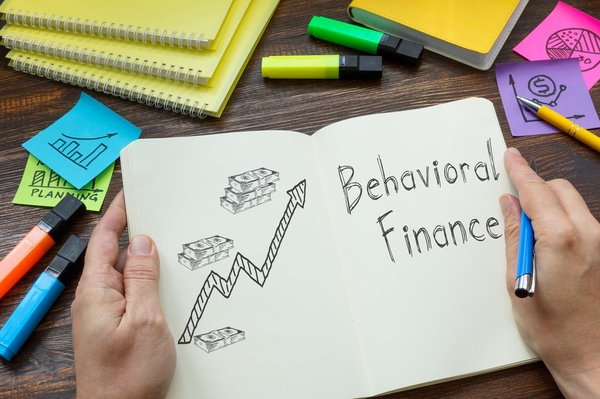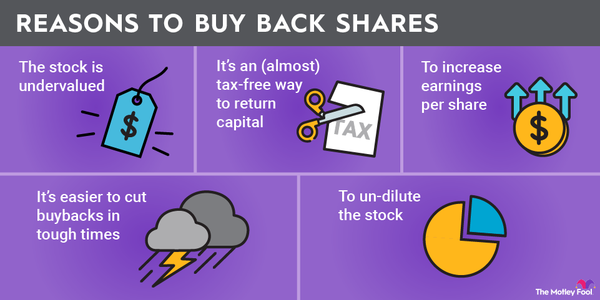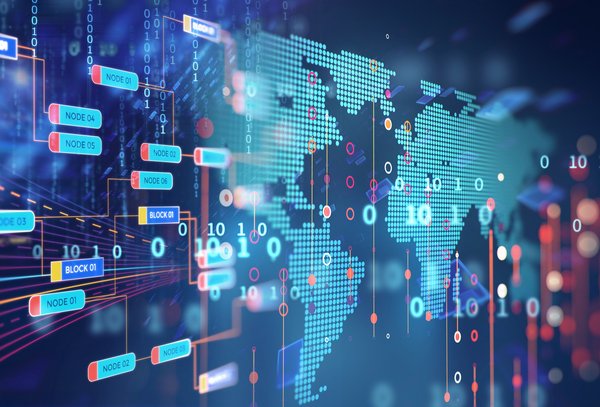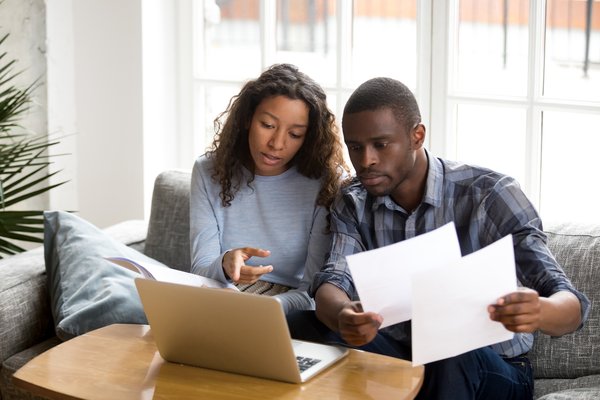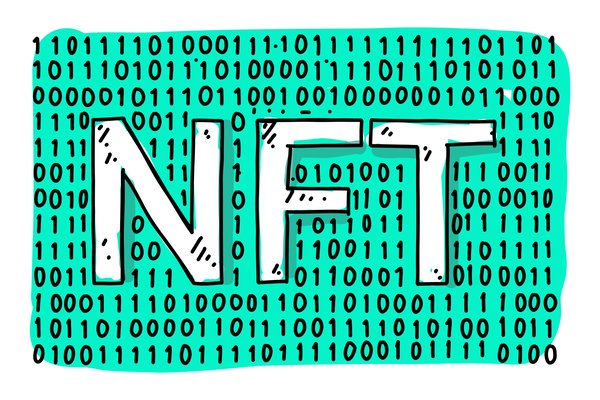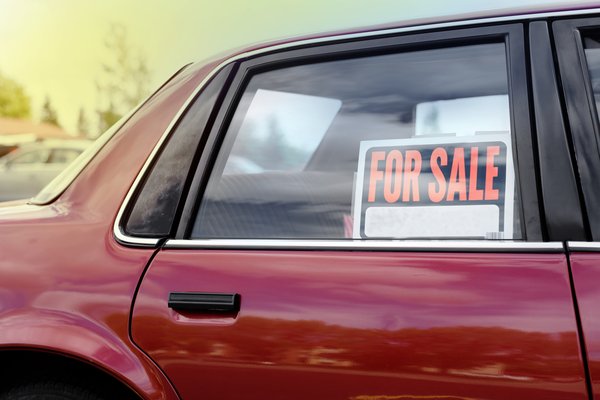A break-even point (BEP) is when the earnings on an investment equal the original cost. We can calculate the break-even point for a stock trade, real estate investment, or business. It’s an important inflection point where an investment or company no longer loses money.
Here’s a closer look at what a break-even point means, how to calculate it, why it’s important, and some examples.
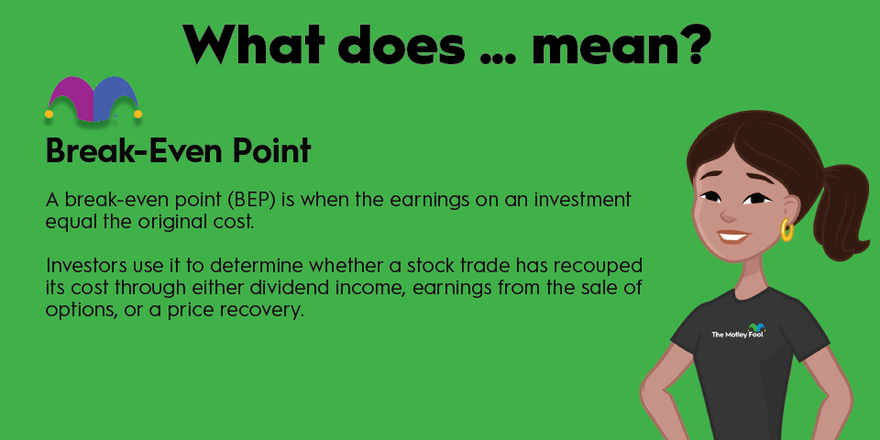
What does it mean?
What does the break-even point mean?
A break-even point is a reference point showing when an investment has stopped losing money and has recouped its costs. Investors use it to determine whether a stock trade has recouped its cost through either dividend income, earnings from the sale of options, or a price recovery.
In corporate accounting, the break-even point is when the costs associated with production equal revenue. Determining the break-even point can show when a business, capital investment, or new project is about to reach an accounting profit.
Homeowners and real estate investors can also use a break-even point to determine the price they’d need to achieve so they don’t lose money on a property sale. It factors all the property costs, including purchase price, transaction costs, operating costs, and renovations, to determine the break-even price needed to avoid a loss.
How to calculate it
How to calculate a break-even point
Calculating the break-even point of an investment (e.g., stocks or real estate) is relatively straightforward. The break-even point equals the total cost of the investment minus the income generated by the investment.
Costs include:
- The initial investment.
- Any initial purchase costs like commission and closing costs.
- Operating expenses like utilities, insurance, taxes, etc.
- Any additional costs incurred like renovation or maintenance.
- The projected sale costs like
- , closing costs, and taxes.
Offsetting income can include:
- Dividends or return of capital.
- The sale of option premiums.
- The value of any spinoffs received.
- Rental income.
- Insurance proceeds received.
- Items sold.
- Any other income received, like pet, application, or late fees.
To calculate the break-even point on an investment, add all the costs associated with the investment and subtract that from any income received. So if the total costs of an investment were $1,000 and there was $100 of offsetting income, the BEP would be $900.
In corporate accounting, calculating the break-even point has a slightly different formula.
The business break-even point = fixed costs / the gross profit margin percentage
So, if a company has $1 million of fixed costs and a 25% gross profit margin, its BEP is $4 million. That’s the revenue it will need to generate to cover its fixed and variable costs.
Why the break-even point is important
Why the break-even point is important
Knowing an investment’s break-even point can help you make better-informed investment decisions. It will show the threshold needed to reach so that an investment doesn’t lose money.
Investors should consider calculating a potential investment’s break-even point before committing capital to something with a high initial cost, such as a large commission or other expense. For example, suppose a financial advisor suggests an investment with a 5% commission, and the advisor charges a 1.5% annual management fee. That investment must generate enough income or price appreciation to offset those costs to break even.
Likewise, a real estate investment could have high upfront costs from commissions and renovations that an investor would need to overcome before reaching profitability. After calculating the break-even cost, an investor might determine that the investment isn’t worthwhile since it might take too long or too much effort to get the BEP.
Homeowners can also use their break-even point to determine the price to sell their home and not lose money following a major renovation. They might decide that their real estate return on investment would be too low, which could lead them to scale it down to a level where it would be more likely to break even.
Related investing topics
Examples of a break-even point
Examples of a break-even point
Here are some examples of calculating the break-even point on an investment.
An investor made a $600 investment and subsequently invested another $400. They paid $5 in commission for each trade. In addition, they received $100 in dividend payments and paid $15 in dividend taxes. The total cost of this investment is $1,010, while the net income generated is $85. That gives this investment a break-even point of $925. That’s the level the investment would need to reach to break even, plus any sales commissions.
Here's an example of figuring out the break-even point on a real estate investment. A family bought a home for $300,000. They also paid $10,000 in closing costs. Meanwhile, they spent $15,000 on repairs, homeowners insurance, and other expenses during their ownership. The homeowners estimate they’ll incur $20,000 in selling costs, including real estate commissions and closing costs. They didn’t generate any rental income while owning the home. That gives this homeowner a break-even point of $345,000. That’s the price they’d need to sell so they don’t lose money.




